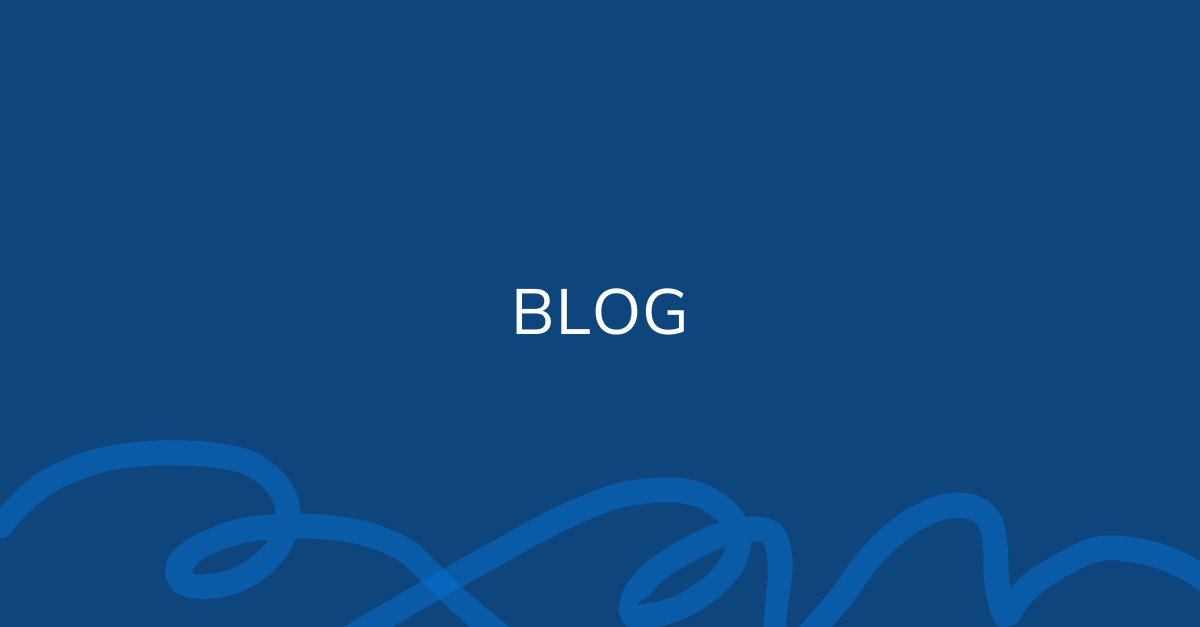
Monitoring patients in their own environment is becoming increasingly common with the development of new health technologies. Remote therapeutic monitoring (RTM) and remote patient monitoring (RPM) are two different avenues for reimbursement for remote monitoring, each with unique differences and requirements which are outlined below in this blog.
Remote therapeutic monitoring refers to the use of technology to monitor non-physiological data remotely, including data pertaining to both the musculoskeletal and respiratory systems. Additionally, RTM can be used to monitor pain levels as well as patient adherence and response to both therapeutic intervention and medications. Remote therapeutic monitoring data can be collected, recorded, and transmitted automatically and the patient can also self-report data to their providers. RTM must utilize a medical device that meets all the necessary criteria set forth by the FDA. A qualified healthcare provider (QHP) refers to professionals such as physical therapists, occupational therapists, respiratory therapists, physicians, and physician assistants among others. There are five RTM codes in total, four of which are applicable to patients with musculoskeletal conditions. RTM codes are considered general management codes, which means clinicians, such as physical and occupational therapists, are able to bill for them and offer these services, unlike RPM codes.
Remote patient monitoring is formally called remote physiologic monitoring, but also commonly referenced as remote patient monitoring. Remote patient monitoring differs from remote therapeutic monitoring in a few key ways. First in order to bill using RPM codes the data collected must consist of physiologic data such as heart rate, blood pressure, blood glucose levels, etc. This data must also be automatically recorded and does not include self-reported data, unlike RTM which can be self-reported or manually uploaded by the patient. Like remote therapeutic monitoring, remote patient monitoring must be done using technology that meets the criteria to be considered a medical device. Because RPM codes are known as Evaluation and Management (E/M) codes, they cannot be billed for by physical therapists and occupational therapists.
If you are a healthcare provider you should be aware of additional and novel ways to manage your patients — especially since remote monitoring of patients in their own environment gives you better insight that can help you care for your patients. Additionally, there are financial benefits such as additional streams of revenue that can be created by implementing a successful remote care model that incorporates remote monitoring. However, it’s important to note that there are regulations surrounding which codes can be billed for together, and providers are not allowed to double bill for RTM and RPM.
Still have questions? Fear not! OneStep works with a wide variety of healthcare providers to customize the perfect RTM solution and help them implement it with great success. Learn more about the benefits of RTM with OneStep.
OneStep uses smartphone motion sensors to continuously analyze movement in real-life conditions, providing clinically-validated data within seconds without any wearables. Our all-in-one digital platform equips clinicians with a full suite of remote protocols and tools that support high-quality virtual care and remote therapeutic monitoring. Clinicians receive heightened insight so that they can intervene proactively and deliver their best care with greater efficiency – by assessing health status sooner, more holistically, and from anywhere.
OneStep offers providers insight into both objective and subjective outcome measures, as well as enhanced communication through virtual sessions and the platform’s chat feature. Furthermore, all interactions and patient data monitored by OneStep are maintained within HIPAA compliance and treated with the utmost caution to respect patient privacy.
What sets OneStep apart? OneStep captures background gait analysis data that allows clinicians visibility into patient mobility during real-life circumstances and makes it easy to meet the minimum requirements to bill certain RTM codes that require 16/30 days of data transmission. Additionally, OneStep’s technology detects trends in gait parameters over time that are correlated with an increase in fall risk and will automatically notify providers – so they can intervene proactively, preventing adverse events and falls.
Experience OneStep’s technology firsthand and learn more about how you can customize your own remote therapy offering using innovative gait and motion analysis science.
Resources: